The reactivity of zirconium on silicon nitride enhances the conversion of propane into propylene, a key commodity chemical needed to make polypropylene. This finding hints at the reactivity researchers might achieve with other nontraditional catalysts.
Tag: Chemical Engineering

Defect engineering leads to designer catalyst for production of green hydrogen
Researchers at the University of Illinois have identified a way to use defect engineering to boost catalytic efficiency for electrolyzers, taking science one step closer to sustainable production of green hydrogen.
Not all calcite crystals are as perfect as they appear
Researchers used complementary imaging techniques to explore the impact of synthesis approaches on the nanoscopic internal structure of apparently perfect calcite particles, which has implications for contaminant sequestration and carbon storage.
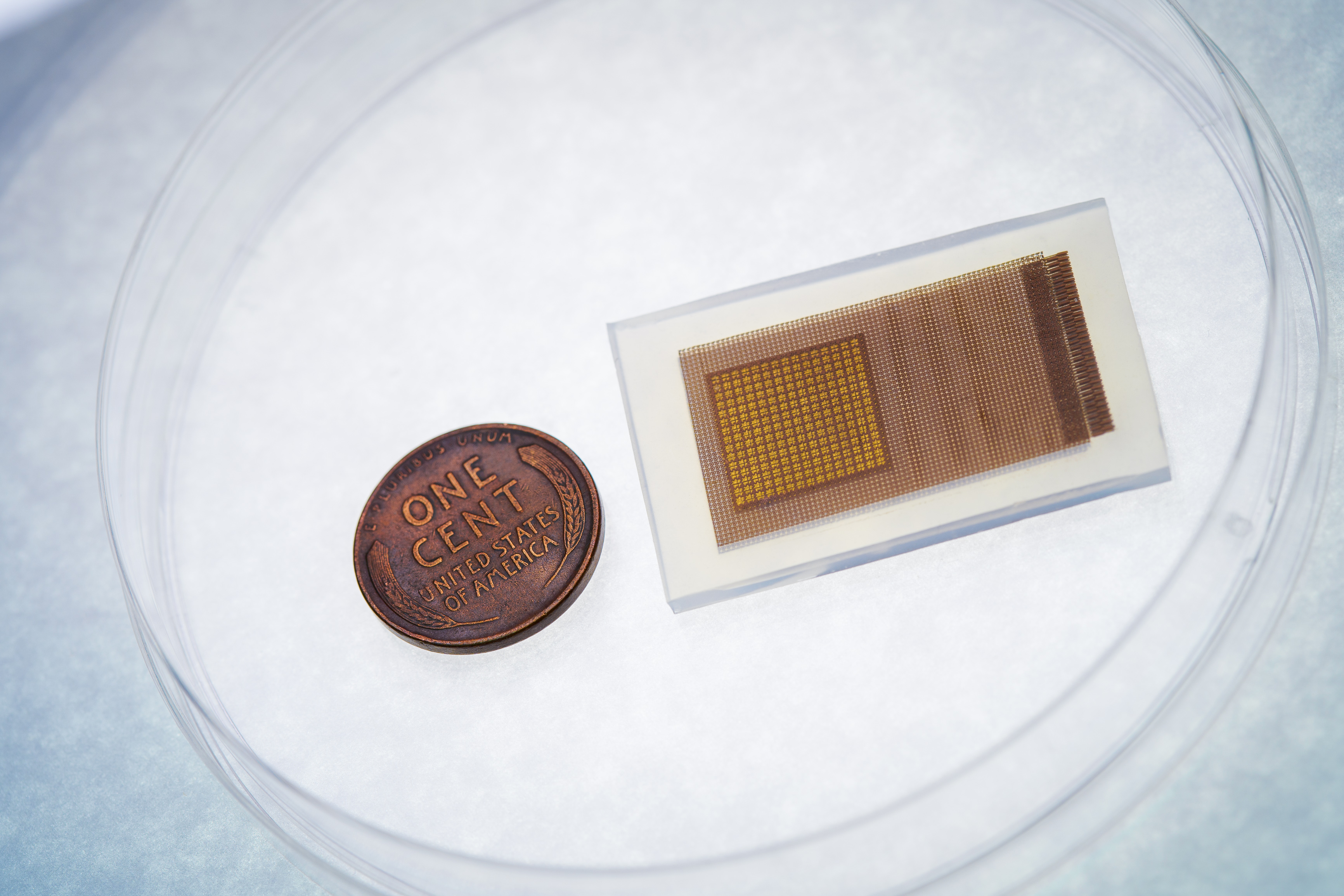
Wearable ultrasound patch enables continuous, non-invasive monitoring of cerebral blood flow
Engineers at the University of California San Diego have developed a wearable ultrasound patch that can offer continuous, non-invasive monitoring of blood flow in the brain. The soft and stretchy patch can be comfortably worn on the temple to provide three-dimensional data on cerebral blood flow—a first in wearable technology.
How Scientists Are Accelerating Chemistry Discoveries With Automation
Researchers have developed an automated workflow that could accelerate the discovery of new pharmaceutical drugs and other useful products. The new approach could enable real-time reaction analysis and identify new chemical-reaction products much faster than current laboratory methods.
UIC engineers ‘symphonize’ cleaner ammonia production
Low temperature, regenerative process saves energy and efficiently produces common chemical
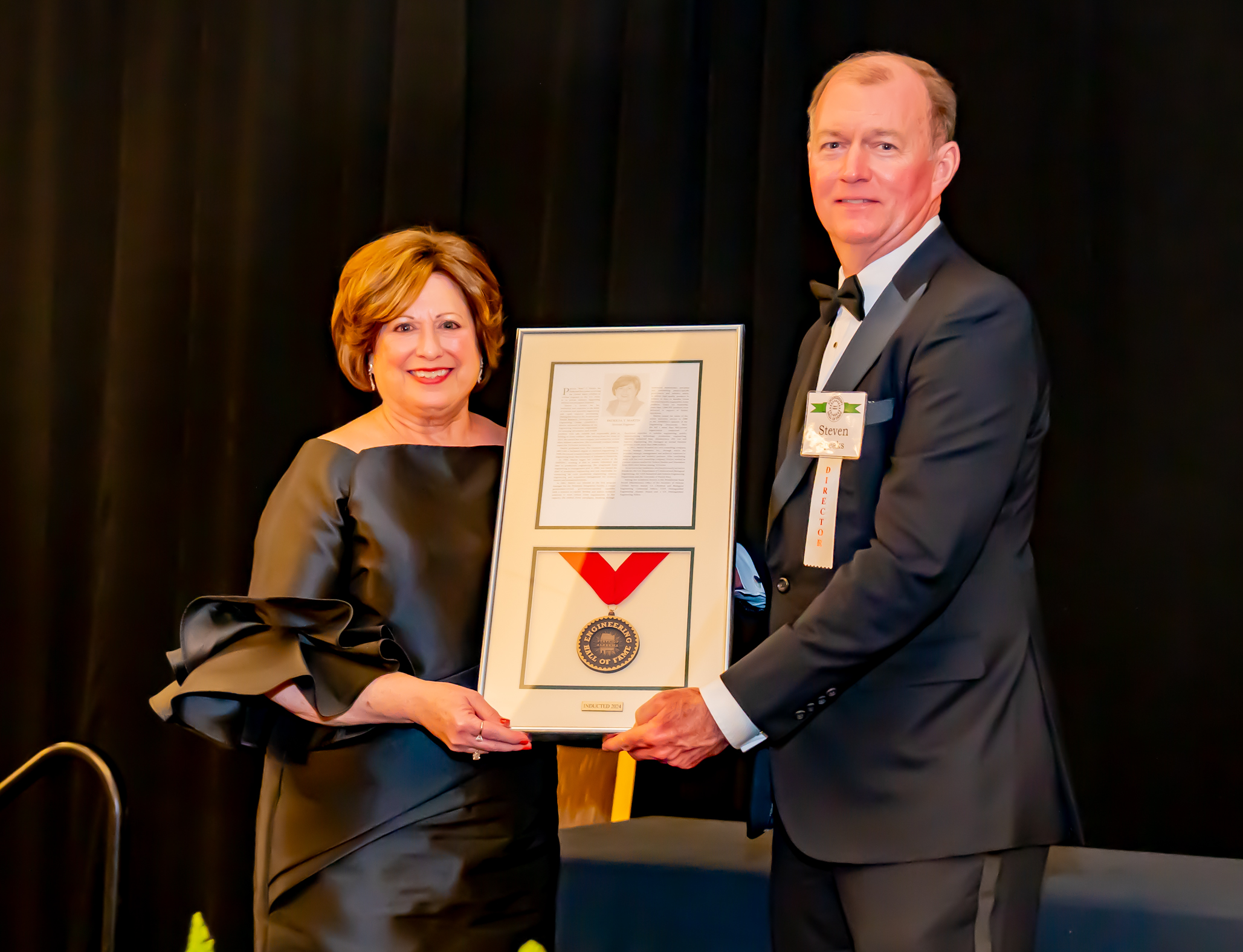
Alumna Patricia “Patti” Martin elected to Alabama Engineering Hall of Fame
Patricia “Patti” Martin, an alumna of The University of Alabama Huntsville (UAH), has been selected to the Alabama Engineering Hall of Fame (AEHOF). Martin graduated from The University of Alabama in 1983 with a bachelor’s degree in chemical engineering.
‘Plug and play’ nanoparticles could make it easier to tackle various biological targets
UC San Diego engineers have developed modular nanoparticles that can be easily customized to target different biological entities such as tumors, viruses or toxins. The surface of the nanoparticles is engineered to host any biological molecules of choice, making it possible to tailor the nanoparticles for a wide array of applications, ranging from targeted drug delivery to neutralizing biological agents.
These Screen-printed, Flexible Sensors Allow Earbuds to Record Brain Activity and Exercise Levels
Earbuds can be turned into a tool to record the electrical activity of the brain and levels of lactate in the body with two flexible sensors screen-printed onto a flexible surface.
Multicyclic molecular wheels with polymer potential
Molecules that act as connected wheels can hold long molecular chains together to modify the properties of soft polymers.
Scientists synthesize isotopic atropisomers based on carbon isotope discrimination
In chemistry, a molecule or ion is said to be chiral if it cannot be superposed on to its mirror image by any combination of rotations, translations, or conformational changes. A chiral molecule or ion exists in two forms, called enantiomers, that are mirror images of each other; they are often distinguished as either ‘right-handed’ or ‘left-handed’ by their absolute configuration. Enantiomers exhibit similar physical and chemical properties, except when interacting with polarized light and reacting with other chiral compounds, respectively.
ESF Researchers Receive NSF Funding for Eco-manufacturing of Renewable Lignin-derived Products using Sustainable Energy
Researchers at the SUNY College of Environmental Science and Forestry (ESF) received a grant from the National Science Foundation (NSF) to further its research on carbon-neutral alternative sources for value-added chemicals currently sourced from petroleum and other fossil fuels.
New atomic-scale understanding of catalysis could unlock massive energy savings
In an advance they consider a breakthrough in computational chemistry research, University of Wisconsin–Madison chemical engineers have developed model of how catalytic reactions work at the atomic scale.
What can we do about all the plastic waste?
The Institute for the Cooperative Upcycling of Plastics (iCOUP) is helping to address the plastic waste accumulation problem by developing the science needed to turn used plastic into valuable materials.

Machine learning model speeds up assessing catalysts for decarbonization technology from months to milliseconds
Argonne researchers have developed an artificial intelligence-based model to greatly speed up the process for engineering a low-cost catalyst that converts biomass into fuels and useful chemicals with many possible applications.
Chaos on the nanometer scale
Chaotic behavior is typically known from large systems: for example, from weather, from asteroids in space that are simultaneously attracted by several large celestial bodies, or from swinging pendulums that are coupled together.
Making engineered cells dance to ultrasound
Let’s say you needed to move an individual cell from one place to another. How would you do it? Maybe some special tweezers? A really tiny shovel?
How a Record-Breaking Copper Catalyst Converts CO2 Into Liquid Fuels
Since the 1970s, scientists have known that copper has a special ability to transform carbon dioxide into valuable chemicals and fuels. But for many years, scientists have struggled to understand how this common metal works as an electrocatalyst, a mechanism that uses energy from electrons to chemically transform molecules into different products.
Addis Fuhr: Working to control impurities in materials
Oak Ridge National Laboratory Weinberg Fellow Addis Fuhr uses quantum chemistry and machine learning methods to advance new materials.
Three Argonne researchers inducted into AAAS
John Mitchell, Valerie Taylor and Lisa Utschig were selected by the American Association for the Advancement of Science (AAAS) to be inducted as fellows.
Argonne announces 2022 Postdoctoral Performance Awards
Nine postdoctoral appointees were recognized with Postdoctoral Performance Awards.
Researchers Create Smaller, Cheaper Flow Batteries for Clean Energy
Flow batteries offer a solution. Electrolytes flow through electrochemical cells from storage tanks in this rechargeable battery. The existing flow battery technologies cost more than $200/kilowatt hour and are too expensive for practical application, but Liu’s lab in the School of Chemical and Biomolecular Engineering (ChBE) developed a more compact flow battery cell configuration that reduces the size of the cell by 75%, and correspondingly reduces the size and cost of the entire flow battery. The work could revolutionize how everything from major commercial buildings to residential homes are powered.
Chemical researchers discover catalyst to make renewable paints, coatings, and diapers
A team led by University of Minnesota Twin Cities researchers has invented a groundbreaking new catalyst technology that converts renewable materials like trees and corn to the key chemicals, acrylic acid, and acrylates used in paints, coatings, and superabsorbent polymers.
Argonne researchers awarded $3.8 million to study clean energy
Argonne chemist Karen Mulfort and her research team were awarded $3.8 million across three years to study clean energy.
New technology creates carbon neutral chemicals out of thin air
It is possible to capture carbon dioxide (CO2) from the surrounding atmosphere and repurpose it into useful chemicals usually made from fossil fuels, according to a study from the University of Surrey.
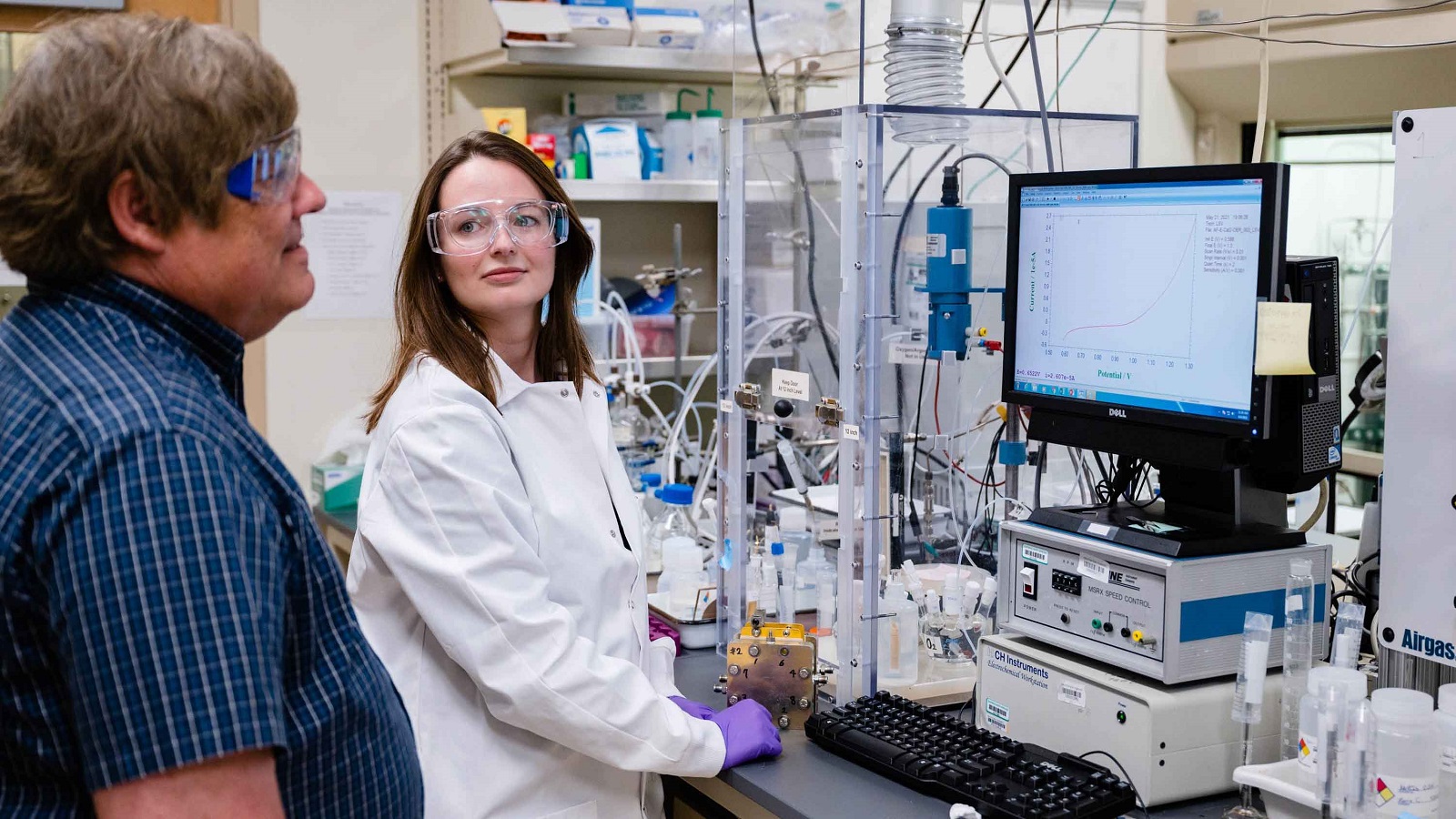
Entrepreneurship program at Argonne National Laboratory opens applications for startups
Chain Reaction Innovations, the entrepreneurship program at Argonne National Laboratory, is accepting applications for its next fellowship cohort.
Fueling your curiosity: Argonne answers top questions on hydrogen fuel
As part of National Hydrogen and Fuel Cell Day, Argonne answers common questions surrounding hydrogen as an energy carrier.
Argonne researchers win four 2022 R&D 100 awards
R&D Magazine has recognized four Argonne projects with R&D 100 Awards.
A greener route to blue – a new method drastically reduces the amount of solvent needed to produce widely used organic dyes
Phthalocyanines dyes can be produced with solid-state synthesis instead of high- boiling organic solvents.
Eco-glue can replace harmful adhesives in wood construction
Researchers at Aalto University have developed a bio-based adhesive that can replace formaldehyde-containing adhesives in wood construction.

Eight Columbia Engineering Professors Win NSF CAREER Awards
Eight professors from Columbia Engineering are among this year’s recipients of the National Science Foundation’s (NSF) Early Career Development (CAREER) awards, one of the most prestigious recognitions for junior researchers. Their areas of expertise will contribute to gains in personalized cancer treatment, the analysis of cellular processes, distributed control in large-scale systems, quantum information theory, understanding multiphase flows, as well as cloud computing and storage operations.
Press registration opens for the hybrid ACS Fall 2022 meeting
The American Chemical Society’s ACS Fall 2022 will be held virtually and in Chicago Aug. 21–25 with the theme “Sustainability in a Changing World.” ACS considers requests for press credentials and complimentary meeting registration from reporters and public information officers at selected institutions.
Chemical Institute of Canada Gives Top Honor to University of Oklahoma Engineering Professor
The 2022 Robert B. Anderson Catalysis Award from the Chemical Institute of Canada’s Catalysis Division was presented to University of Oklahoma engineering professor Daniel Resasco, Ph.D., for his research that deepens the understanding of chemical reactions in the production of sustainable energy.
New research may revise a theory of reacting flow
The research team of Tokyo University of Agriculture and Technology (TUAT) for the first time clearly demonstrates that the effect on the flow reverses according to the degree of change in the properties due to the reaction in a reacting flow with production of viscoelastic material, through experiments involving high-precision rheological measurements and a newly proposed theory.
Wash-and-wear sensors
University of Utah chemical engineering assistant professor Huanan Zhang has developed a process that turns clothing fabric into biosensors which measure a muscle’s electrical activity as it is worn. This could become a much better solution in measuring muscle activity for physical rehabilitation or for other medical applications.
Science snapshots from Berkeley Lab
New Berkeley Lab breakthroughs: engineering chemical-producing microbes; watching enzyme reactions in real time; capturing the first image of ‘electron ice’; revealing how skyrmions really move
Combining sunlight and wastewater nitrate to make the world’s No. 2 chemical
Engineers at the University of Illinois Chicago have created a solar-powered electrochemical reaction that not only uses wastewater to make ammonia — the second most-produced chemical in the world — but also achieves a solar-to-fuel efficiency that is 10 times better than any other comparable technology.
Bringing Order to Chaotic Bubbles Can Make Mining More Sustainable
A new way to control the motion of bubbles from researchers at Columbia Engineering might one day help separate useful metals from useless dirt using much less energy and water than is currently needed.
Microspheres Quiver When Shocked
A challenging frontier in science and engineering is controlling matter outside of thermodynamic equilibrium to build material systems with capabilities that rival those of living organisms. Research on active colloids aims to create micro- and nanoscale “particles” that swim through viscous fluids like primitive microorganisms. When these self-propelled particles come together, they can organize and move like schools of fish to perform robotic functions, such as navigating complex environments and delivering “cargo” to targeted locations.
UIC research paves way for next-generation of crystalline material screening devices
Researchers have developed a novel continuous-flow microfluidic device that may help scientists and pharmaceutical companies more effectively study drug compounds and their crystalline shapes and structures.
New NUS technology completes vital class of industrial reactions five times faster
Researchers from NUS Engineering have developed a new method to increase the rate of an important chemical reaction known as hydrogenation by more than 5 times. Hydrogenation is used in the production of everyday items like plastics, fertilisers, and pharmaceuticals. The NUS team’s novel approach is a more direct and effective method that can lead to higher yields for industries and lower environmental impacts.

Argonne senior chemist Robert Tranter named fellow of the Combustion Institute
Argonne senior chemist Robert Tranter, a shockwave chemist, was named a fellow of the Combustion Institute.
A silver lining for extreme electronics
Tomorrow’s cutting-edge technology will need electronics that can tolerate extreme conditions. That’s why a group of researchers led by Michigan State University’s Jason Nicholas is building stronger circuits today. Nicholas and his team have developed more heat resilient silver circuitry with an assist from nickel. The team described the work, which was funded by the U.S. Department of Energy Solid Oxide Fuel Cell Program, on April 15 in the journal Scripta Materialia. The types of devices that the MSU team is working to benefit — next-generation fuel cells, high-temperature semiconductors and solid oxide electrolysis cells — could have applications in the auto, energy and aerospace industries.
Plastics recycling expert available: Massimiliano Delferro, Argonne National Laboratory
Argonne chemist Max Delferro’s research focuses on chemical recycling and upcycling of plastic that would mitigate global plastic pollution. He leads a team that developed several new methods for converting discarded plastics into higher quality commodities such as lubricant oils…
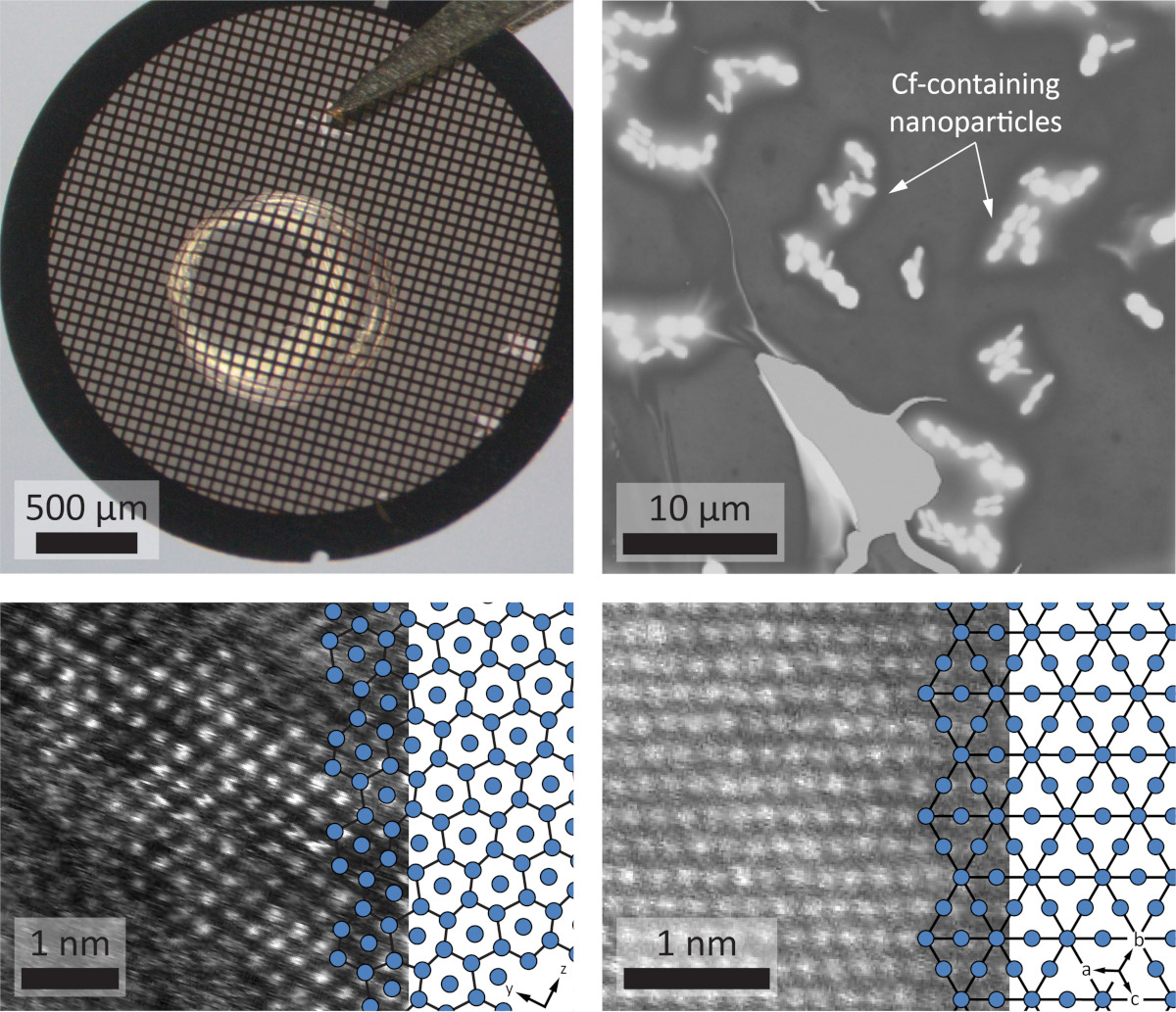
Do You Know the Way to Berkelium, Californium?
Scientists at Berkeley Lab have demonstrated how to image samples of heavy elements as small as a single nanogram. The new approach will help scientists advance new technologies for medical imaging and cancer therapies.
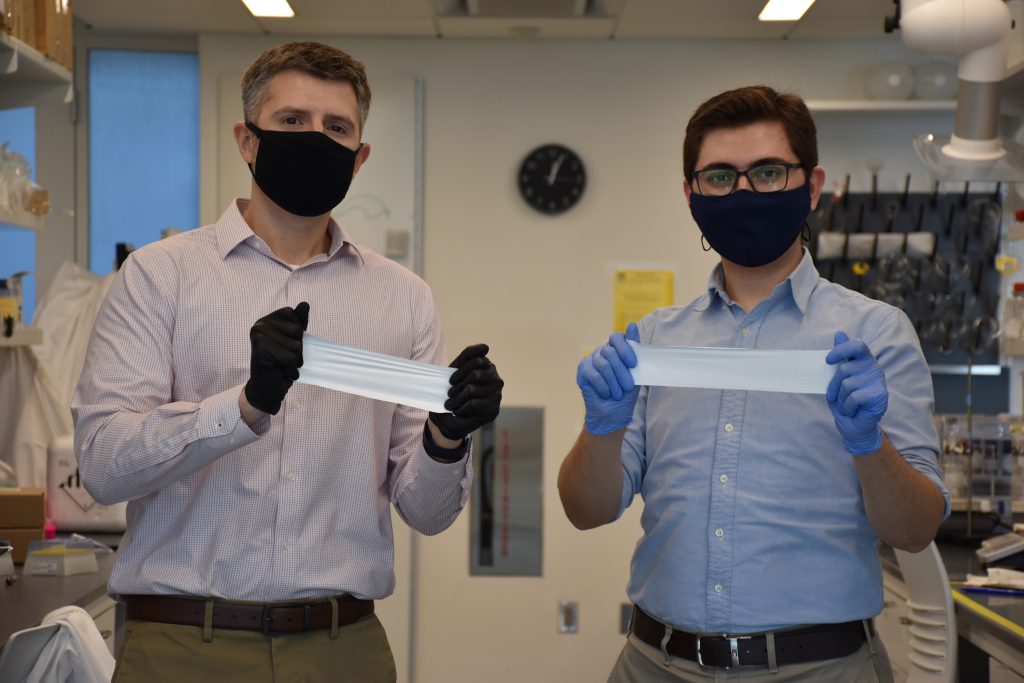
‘Smart Bandage’ detects, could prevent infections
URI chemical engineering professor embeds nanosensors in microfibers to create ‘smart bandage’
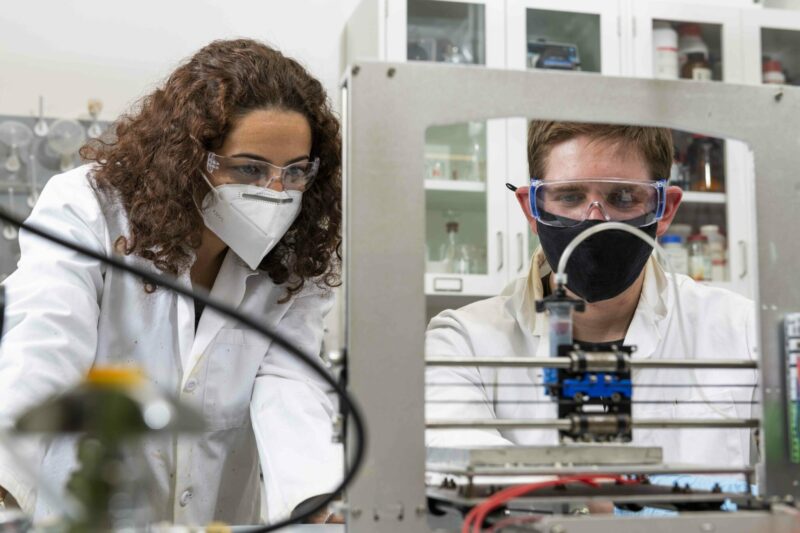
Research promotes ‘doubly green’ renewable energy captured from biowaste
Cities around the United States could use their own biowaste from food scraps or manure to produce renewable energy for vehicles to the tune of $10 billion a year, according to a researcher at Missouri S&T. The proposed operation creates renewable natural gas (RNG) from biowaste and renewable hydrogen (RH2) from surplus electricity generated by solar or wind energy.
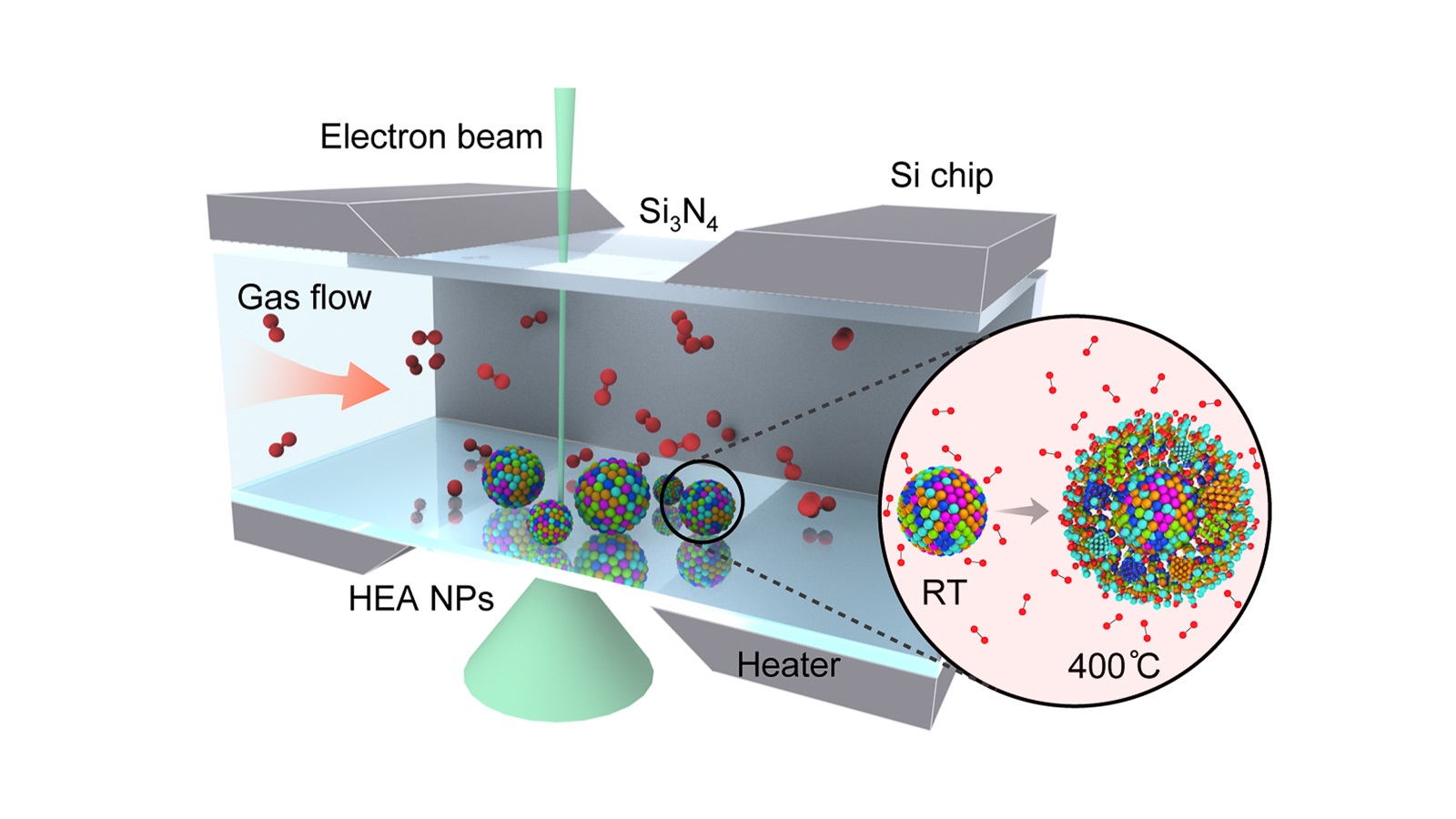
Better together: Scientists discover far-reaching applications of nanoparticles made of multiple elements
As catalysts for fuel cells, batteries and processes for carbon dioxide reduction, alloy nanoparticles that are made up of five or more elements are shown to be more stable and durable than single-element nanoparticles.
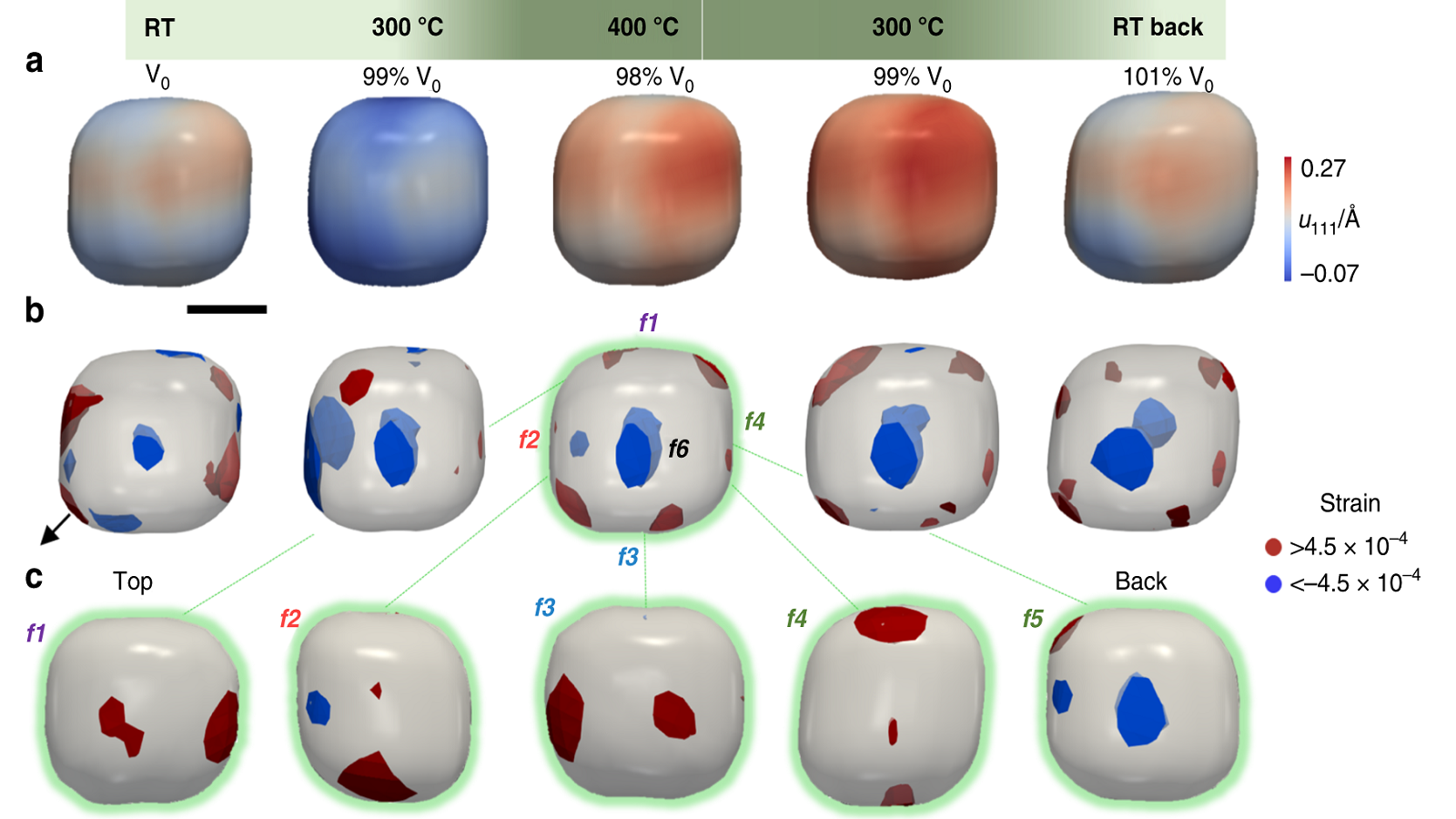
Striking gold: Advanced Photon Source enables catalysis research at small scales
By examining tiny particles of gold with powerful X-ray beams, scientists hope they can learn how to cut down on harmful carbon monoxide emissions from motor vehicles.
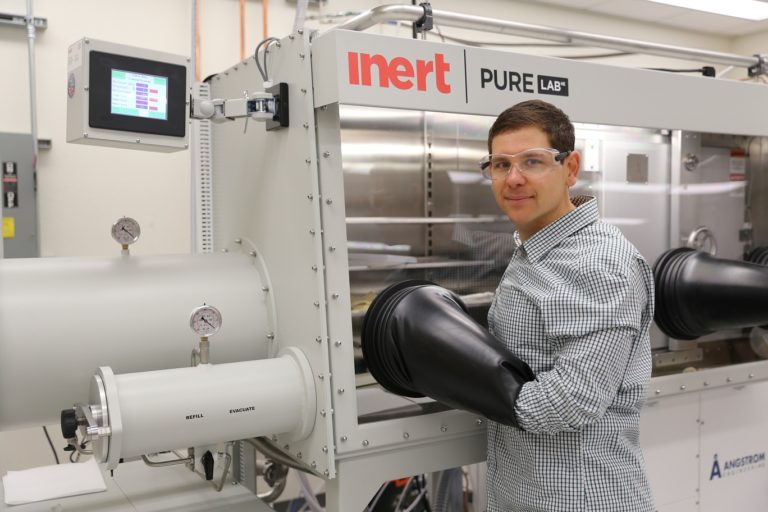
UCI engineers reveal molecular secrets of cephalopod powers
Irvine, Calif., Dec. 17, 2020 — Reflectins, the unique structural proteins that give squids and octopuses the ability to change colors and blend in with their surroundings, are thought to have great potential for innovations in areas as diverse as electronics, optics and medicine. Scientists and inventors have been stymied in their attempts to fully utilize the powers of these biomolecules due to their atypical chemical composition and high sensitivity to subtle environmental changes.